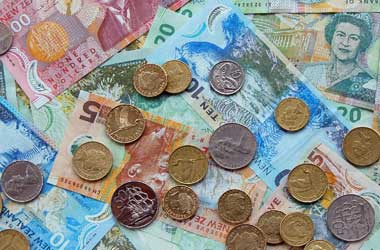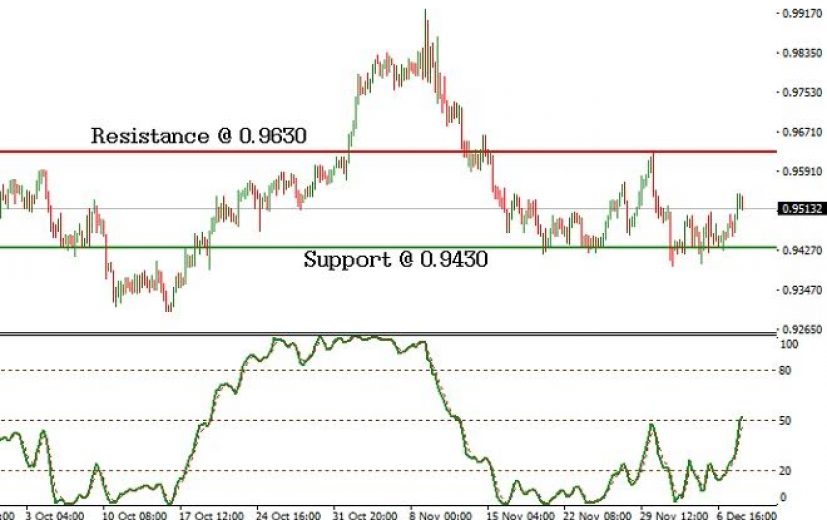 The announcement of production cut by the OPEC cartel, which pumps out nearly 1/3rd of global crude supply, enabled the price of crude oil to hit a 16-month high of $55.33 per barrel.
The announcement of production cut by the OPEC cartel, which pumps out nearly 1/3rd of global crude supply, enabled the price of crude oil to hit a 16-month high of $55.33 per barrel.
This further strengthened the Canadian dollar against the New Zealand dollar, which was already weak due to the recent cut in the benchmark interest rate to 1.75%. Since November 30th, the NZD/CAD had fallen to a low of 0.9396, from a high of
0.9631. We believe that the downtrend in the NZD/CAD pair has ended for the time being due to the reasons given underneath.
The average dairy prices increased to $3,622 per ton in the auction conducted in New Zealand on Wednesday. The GDT (Global Dairy Trade) index gained 3.5% and boosted optimism among the dairy farmers. Nearly 95% of the 19 million tons of milk produced by the New Zealand farmers are exported.
RT America
The exports from New Zealand account for 1/3rd of the international dairy trade. The country is known for its low-cost, high productivity farming, which is not dependent on any kind of subsidies. To break-even, the farmers require at least $3,000 per ton. So, the current price would result in a profit for the farmers. Naturally, the rise in the price of dairy products adds to the strength of the New Zealand dollar.
After rallying to a near one-and-a-half year high of $55.30 per barrel, the crude price lost around1% to close at $54.40 on Tuesday. The crude seems to be losing the momentum gained from the production cut. There are two main reasons for the decline in the price.
Firstly, a Reuters’ survey report indicated that the OPEC crude oil production hit a record high level of 34.19 million barrels per day in November, compared with 33.82 million barrels per day in October. The record output has raised questions about the sincerity of the OPEC members. In this regard, Bjarne Schieldrop, the chief commodities analyst at SEB, stated that
some cheating is a natural habit among OPEC's members
Echoing this view, Michael Cohen, head of energy commodities research at Barclays, stated that he is sceptical about Iran and Iraq’s compliance. Secondly, the number of oil rigs in the US increased by three to 474, while the number of gas rigs increased by two to 118. This indicates that the US producers would be more than willing to increase production if the oil price rises. The weakness in the crude price will reflect in the Canadian dollar in the short-term. Thus, we forecast the NZD/CAD pair to remain bearish in the days ahead.
The NZD/CAD currency pair is currently trading near the long-term support (S1) of 0.9430. The stochastic oscillator has also crossed into the bullish zone. Thus, we can anticipate a bullish reversal in the currency pair.
Thus, a currency trader can buy the NZD/CAD pair to make money from the forecasted uptrend. It would be better to take a long entry near 0.9450. A stop loss order can be placed 100 pips below the entry price. The profit can be booked near 0.9590.
Investing in a high or above contract would enable a binary trader to benefit from the anticipated rise of the NZD/CAD pair. A position can be taken as long as the NZD/CAD pair trades below 0.9500. The binary trader should also ensure that the contract remains valid for a period of one week.





